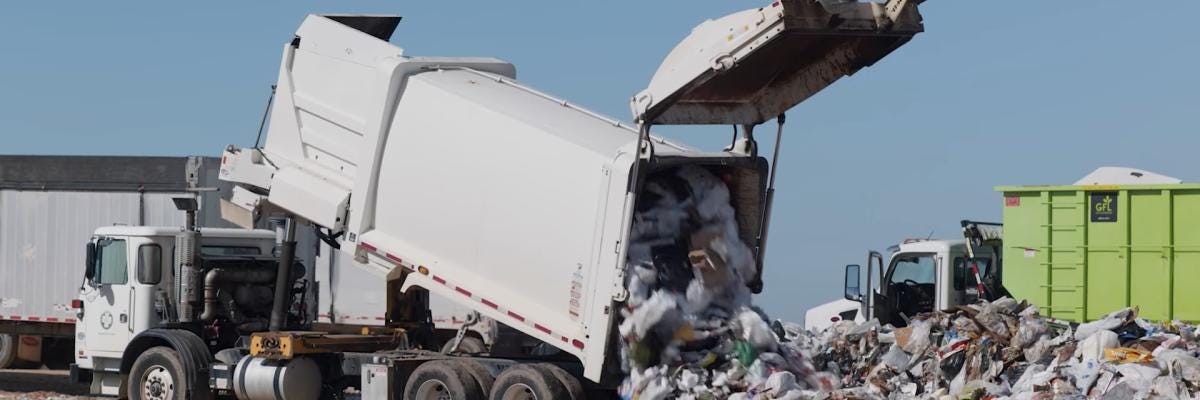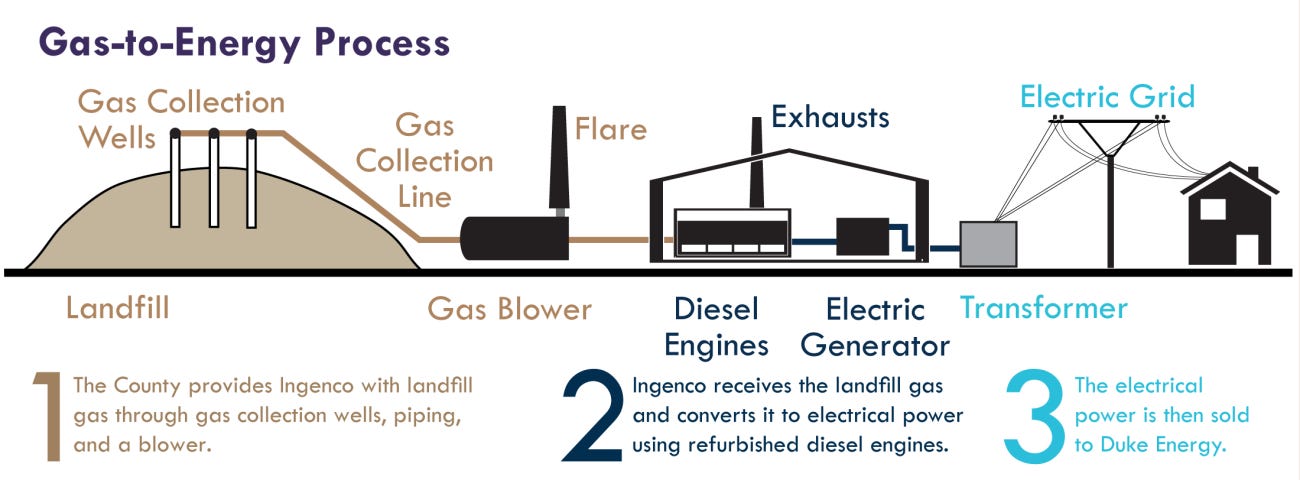PART 2: Dumping on Holly Springs: The South Wake Landfill - Past, Present, and Future
This four-part series explores the South Wake Landfill’s past, present operations, environmental consequences, and future.
Introduction: A four-part series
Holly Springs has been home to Wake County’s largest landfill for decades, shaping the town’s history, environment, and community concerns. This four-part series explores the South Wake Landfill’s past, present operations, environmental consequences, and future. Part 1 covers the history of waste disposal in Holly Springs, while Part 2 examines landfill operations and challenges. Part 3 explores environmental and health impacts, and Part 4 looks ahead to its closure and future land use. As Holly Springs grows, the landfill remains a pressing issue, raising questions about long-term sustainability and Wake County’s waste management strategy.
Part 2: The South Wake Landfill Today – Operations, Management, and Challenges
Every day, a steady stream of garbage trucks moves down Old Smithfield Road, delivering Wake County’s waste to the South Wake Landfill. Handling over 1,700 tons daily, the landfill remains essential to the county’s waste management system while also being a source of frustration for nearby communities.
At the landfill’s scale house, trucks are weighed before moving to the active working face, where bulldozers and compactors spread and compress the waste to optimize space. The landfill is lined with protective barriers to prevent groundwater contamination by toxic leachate, the liquid byproduct of decomposing waste. A gas collection system also captures methane emissions, converting them into electricity for approximately 4,000 homes.
Standing at approximately 475 feet above sea level, the landfill is already one of the highest points in the region. As expansion continues, it is projected to reach a final height of 500 feet. The landfill’s growing size, odor and impact on wildlife, has raised ongoing concerns.
One of the biggest complaints from residents is landfill odor, which varies depending on wind direction and weather conditions. In response, Wake County has allocated $13 million over the next decade for odor mitigation, with $3.7 million budgeted in the current fiscal year. Officials estimate these improvements could reduce odor complaints by 30%.
Another major concern is the large population of birds, mainly seagulls, that have made the landfill their home. Attracted by food waste, thousands of gulls gather in the area, creating potential health risks and safety concerns for nearby neighborhoods and roads. To manage the birds, landfill operators use noise cannons, falconry programs, and habitat modifications to deter them, but the challenge persists.
For now, the South Wake Landfill remains a necessary but controversial fixture in Wake County’s infrastructure. While county officials work to address ongoing concerns, residents remain skeptical and advocate for stricter regulations and long-term solutions.
Published:
Part 1: A History of Landfills in Holly Springs and the South Wake Landfill
Part 2: The South Wake Landfill Today – Operations, Management, and Challenges
Coming Soon:
Part 3: The Environmental and Health Impact of the Landfill
Part 4: The Future of Waste Management in Wake County


